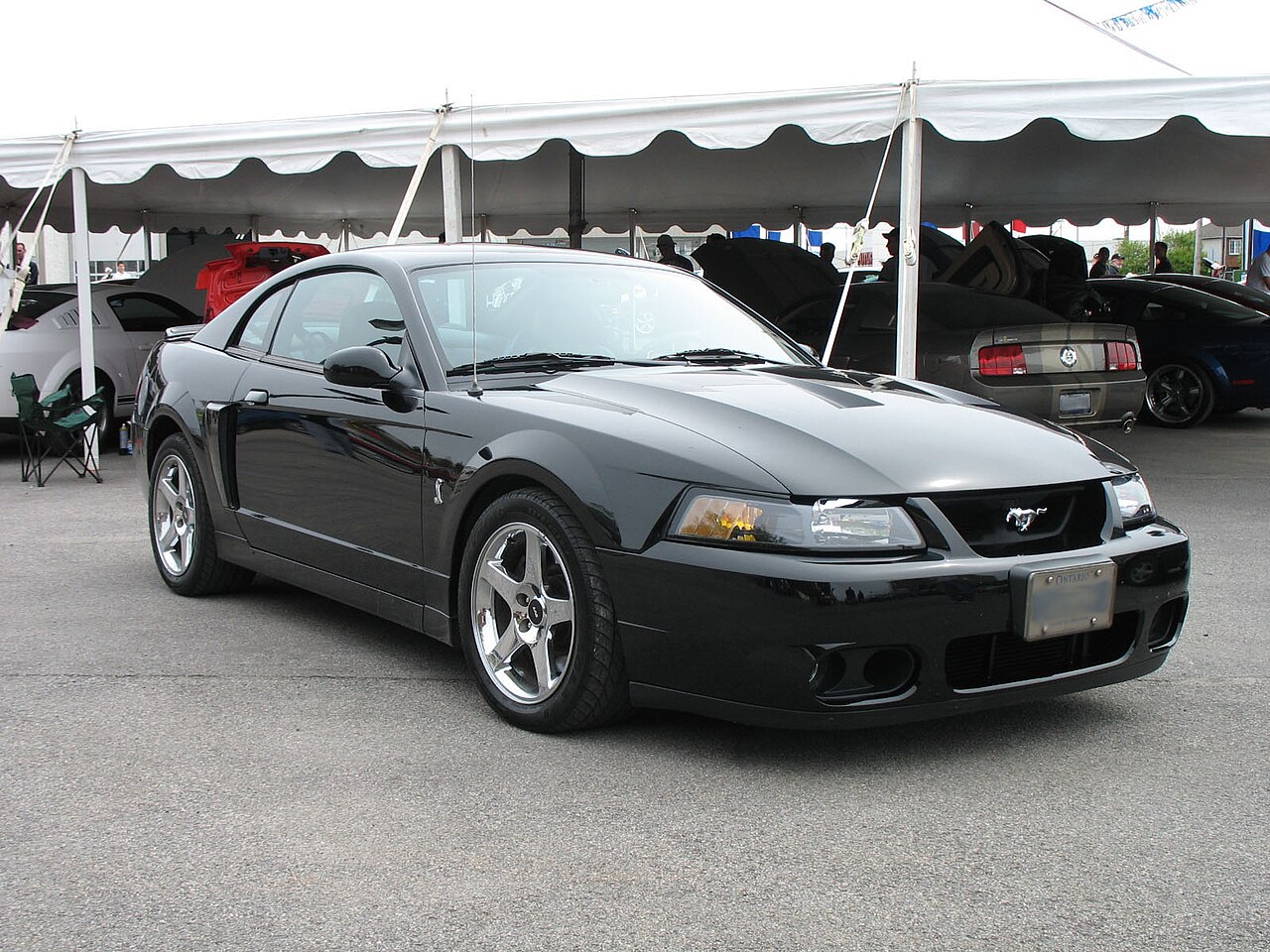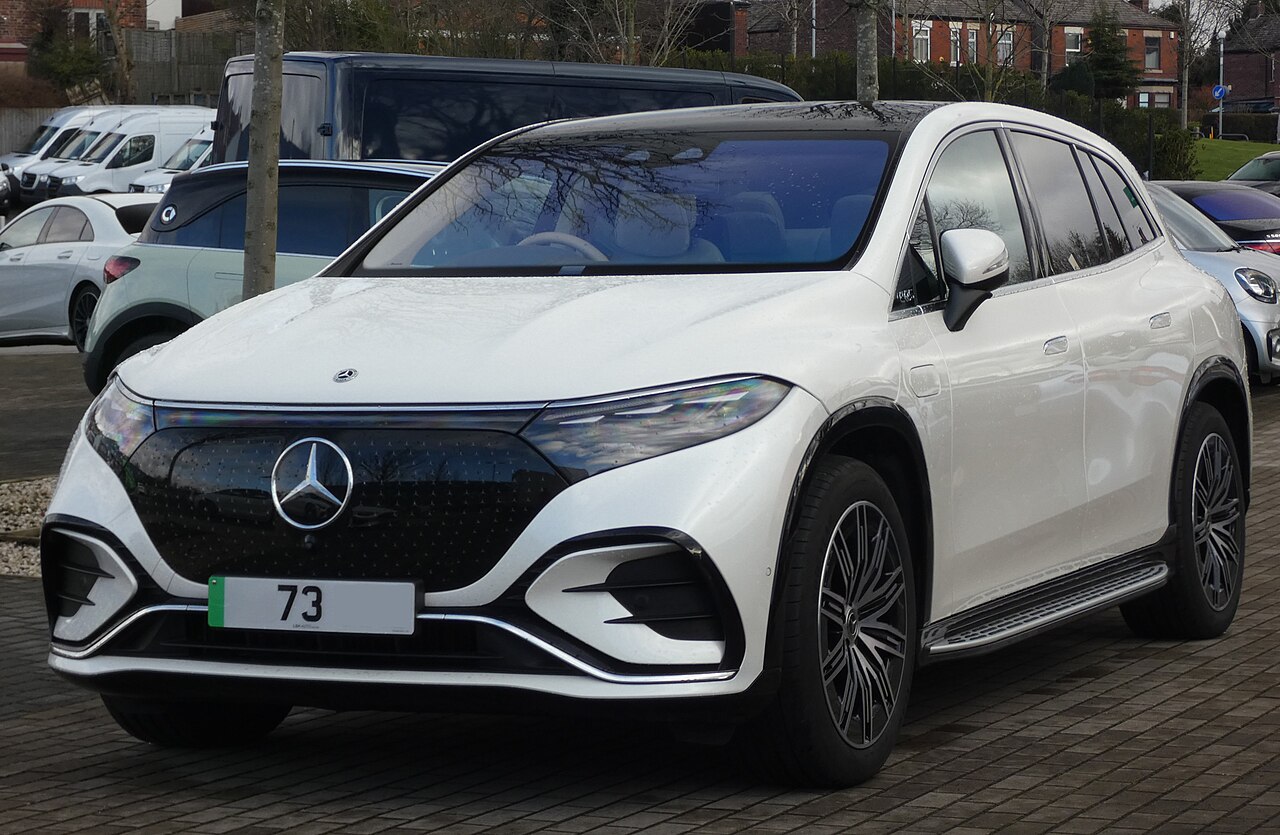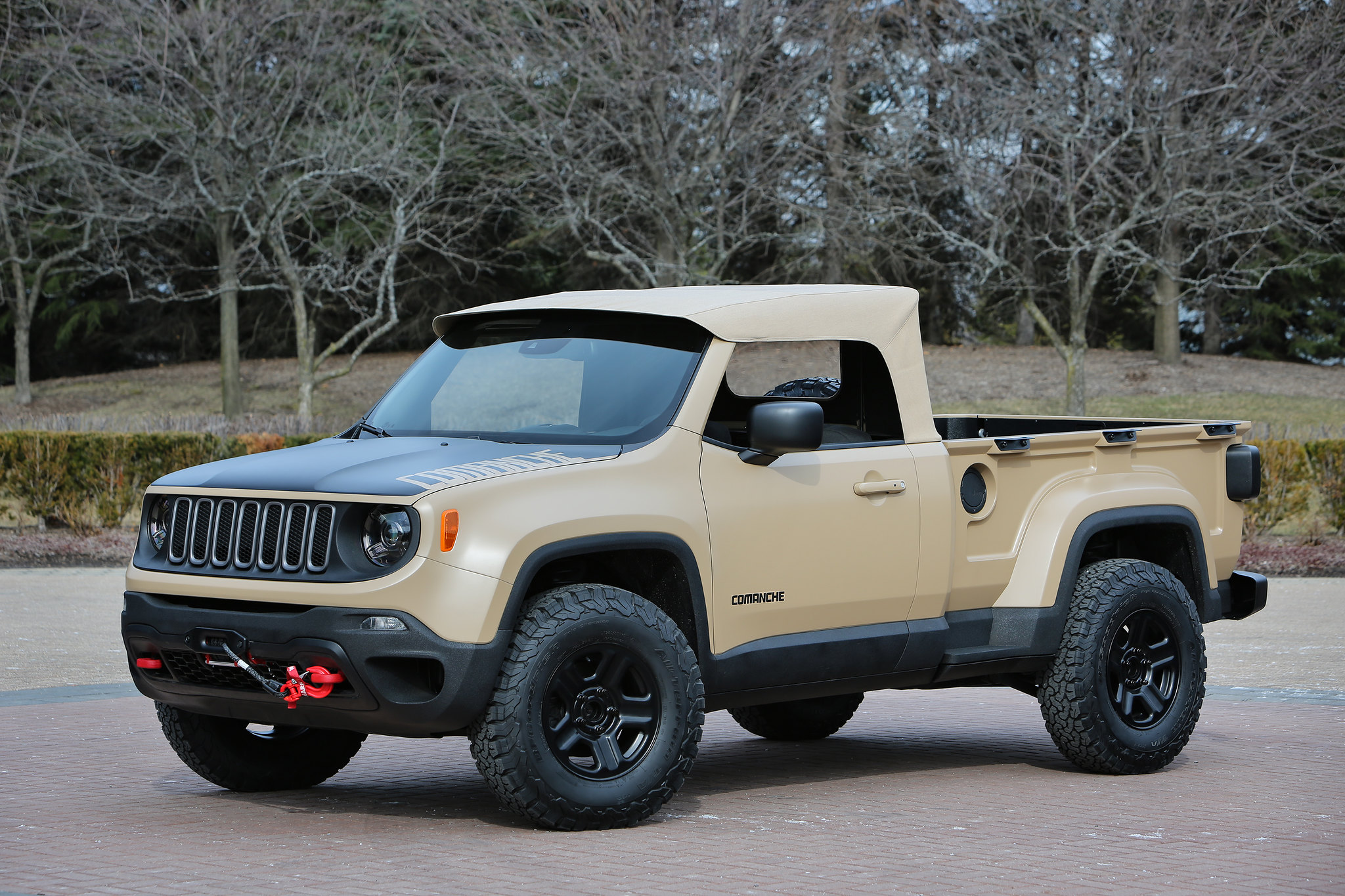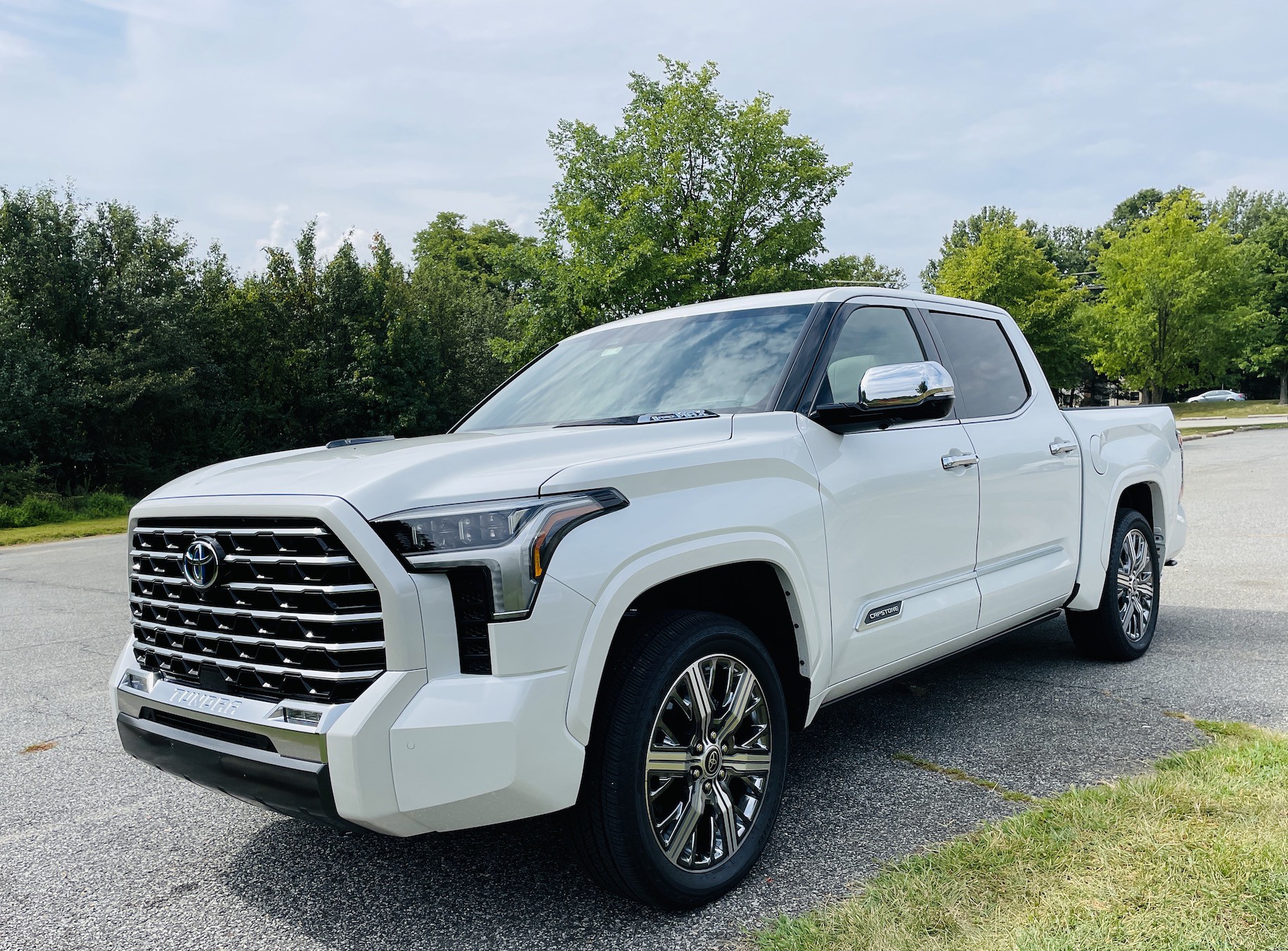"Any Color, As Long As It's Black"
A quote attributed to Henry Ford regarding his policy to help streamline and speedup the process of getting Model “T"'s out to the customers. These days, cars come in all kinds of colors. But what are the most popular, how has it changed over the last two decades, and what colors are popular with what people? All good questions. Now, let's get the answers.
Grayscale
Before we get into it, we should probably define the term "grayscale"—since, going forward, it is one we will mention a lot. When we say "grayscale", we are talking about: white, black, gray, and silver.
2004: Grayscale
20 years ago, the grayscale colors made up just a tad over 60% of the cars on the road.
 CJ DUB, CC BY-SA 2.0 CA, Wikimedia Commons
CJ DUB, CC BY-SA 2.0 CA, Wikimedia Commons
2012: Grayscale
A 2012 survey reported the number of grayscale cars at just over 70%.
 MercurySable99, CC BY-SA 4.0, Wikimedia Commons
MercurySable99, CC BY-SA 4.0, Wikimedia Commons
2023: Grayscale
The pattern of growth continued as people seemed to move away from colorful cars with the grayscale number hitting 80% in 2023.
 Matti Blume , Wikimedia Commons
Matti Blume , Wikimedia Commons
Grayscale Growth
It's all well and good to say that grayscale car colors have increased by 20% over the last 20 years, but what if we dig even deeper and dial down to the specific color within that scale. How have they all fared?
White: 2004: 15.6%, 2034: 27.6%, Change: 77.4%
Black: 2004: 14%, 2023: 22%, Change: 56.5%
Gray: 2004: 11.7%, 2023: 21.3%, Change: 81.9%
The Biggest Grayscale Loser
If you were wondering why silver wasn't in the previous growth section, that's because—unlike its grayscale counterparts—silver actually lost ground in the last 20 years.
Silver: 2004: 19%, 2023: 9.1%, Change: -52.2%
 TrueCamoflauge, CC BY-SA 3.0, Wikimedia Commons
TrueCamoflauge, CC BY-SA 3.0, Wikimedia Commons
The Other Colors
While the grayscale colors have dominated the car color market for the entire century, there are other car colors out there—actual colorful ones. So, how have they, and do they, stack up?
 storem, CC BY-SA 2.0, Wikimedia Commons
storem, CC BY-SA 2.0, Wikimedia Commons
Red And Blue
While brown saw a brief uptick around 2012, there have really only been two car colors that have even come close to the grayscale percentage numbers: red and blue.
2004: Red And Blue
In 2004, red's percentage of the market share was 11.9, while blue sat at 10.8%.
 . Lukács Gábor, Wikimedia Commons
. Lukács Gábor, Wikimedia Commons
2023: Red And Blue
These days, while both colors have seen a drop in popularity, the percentage drop has been greater for red, allowing for blue to take over the top non-grayscale spot—nipping at silver's heels (red: 7.3%, blue: 8.9%).
 Alexander-93, CC BY-SA 4.0, Wikimedia Commons
Alexander-93, CC BY-SA 4.0, Wikimedia Commons
Under 5%
According to an iSeeCars study, no other color had more than a 4% share back in 2004, and today, there is only one other color that's even above 1%.
Green
Green dropped 50% in its market share, but going from 4% to 2% still has it higher than any non-grayscale, blue, or red color out there.
More Green
Maybe you've noticed more green cars on the road than usual lately? Well, that would correlate well with the fact that it is the only non-grayscale color to see any kind of percentage growth since 2020. It's small but it's there.
2023: Other Colors
These are some percentages for other colors:
Orange: 0.5%, Beige: 0.5%, Brown: 0.4%, Yellow: 0.2%, Gold: 0.1% Purple: 0.1%
Still Lots Of Options
You might be asking yourself if the color (or lack thereof) consolidation is just a product of car companies offering fewer choices for their automobiles. But the answer is: not really. In 2004, companies were offering 7.1 colors per model, whereas the 2023 number was 6.7. Not a significant difference.
Colors By Vehicle Type
So, now that we know the overall numbers for the car market as a whole, we thought it would be fun to look at the breakdown per vehicle-type to see what colors were topping each type's popularity list in 2023.
 Harvey Bold, CC BY 4.0, Wikimedia Commons
Harvey Bold, CC BY 4.0, Wikimedia Commons
2023: Trucks
While gray saw the biggest percentage increase since 2004—jumping 77.5%, going from 11.6% to 20.6%—it is white that is the most popular truck color these days, at 30.9%. Maybe the other most interesting result was red dropping from 16.8% in 2004 to 7.2% in 2023.
2023: SUVs
Again, white tops the list with a 26.7% share. But it is interesting to note that back in 2004, white was in third place behind black and silver in the number one spot.
2023: Passenger Cars
With 24.8%, white tops this list as well. But again, back in 2004, they were looking up at a number of colors, including gray, black, and silver—which, at 22.9%, was 9-10 points ahead of all of them at the time.
 Alexander-93, CC BY-SA 4.0, Wikimedia Commons
Alexander-93, CC BY-SA 4.0, Wikimedia Commons
2023: Sports Cars
Sorry, white. While your over 200% jump from 6.3% in 2004 to 19.4% in 2023 is mega-impressive, it still puts you in a second place tie with black—with you both sitting behind gray at 20.1%. Red is in fourth place today, but 20 years ago, red was the most popular color for sports cars.
 Mr.choppers, CC BY-SA 3.0, Wikimedia Commons
Mr.choppers, CC BY-SA 3.0, Wikimedia Commons
Men V Women
A 2013 survey showed that men were 12% more likely to prefer a red car, whereas women had a 9% more likely preference for silver vehicles. And speaking of silver and red cars...
Insurance Costs In The Red
The common thought that red cars cost more to insure is a myth. Color has nothing to do with insurance costs.
 Skrypnykov Dmytro, Shutterstock
Skrypnykov Dmytro, Shutterstock
Color And Resale
Even though over three-quarters of all cars are grayscale colors, having a white, black, gray, or silver car doesn't actually do anything to help (or hurt) your resale value. But you know what does?
Yellow
Yup, that's right. An iSeeCars study looking at over 650,000 used car transactions came to the conclusion that (assuming all else is equal), cars painted yellow only depreciated 4.5% over a three-year period. To put that in perspective, that's about 70% less than the average over that time period. But why?
Supply And Demand
The fact that yellow is such an unpopular car color means there aren't many yellow cars out there—which makes the supply on the second-hand market pretty low and the novelty factor pretty high. It could also help that yellow cars are often sports cars and other such vehicles that retain value better as well.
Highest Depreciation
While the rarity factor helps yellow cars, "rarity alone does not equal value", said iSeeCars Executive Analyst Karl Brauer. This can be seen in the car color reported to have the highest depreciation (all else being equal): Brown (17.8%).
What About Coups?
According to the same study, where yellow is the most valuable color among convertibles and SUVs as far as resale value, orange is the color that does that for coups.
What About Pickup Trucks?
Supposedly, beige is it for pickup trucks.
 Fiat Chrysler Automobiles, Flickr
Fiat Chrysler Automobiles, Flickr
What About Sedans?
Purple boosts the value of sedans the most.
 EurovisionNim, CC BY-SA 4.0, Wikimedia Commons
EurovisionNim, CC BY-SA 4.0, Wikimedia Commons























